3.2 Install SQL Server Express
-
Launch the SQL Server Express installation file.
-
On the SQL Server Installation Center page, click Installation.
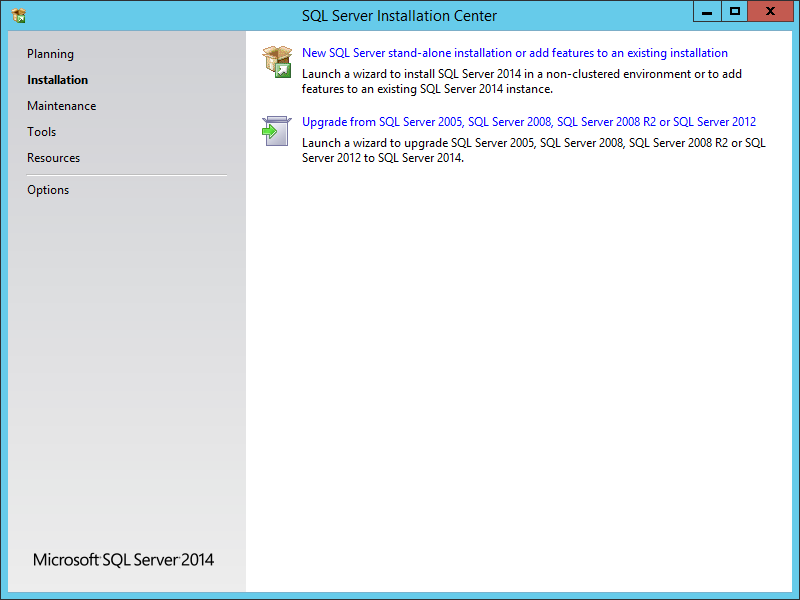
-
Select New SQL Server stand-alone installation or add features to an existing installation.
-
In the License Terms page, accept the license terms and click Next.
-
In the Product Updates page, click Next.
-
In the Feature Selection page, select the appropriate instance features and the location for the instance data and click Next.
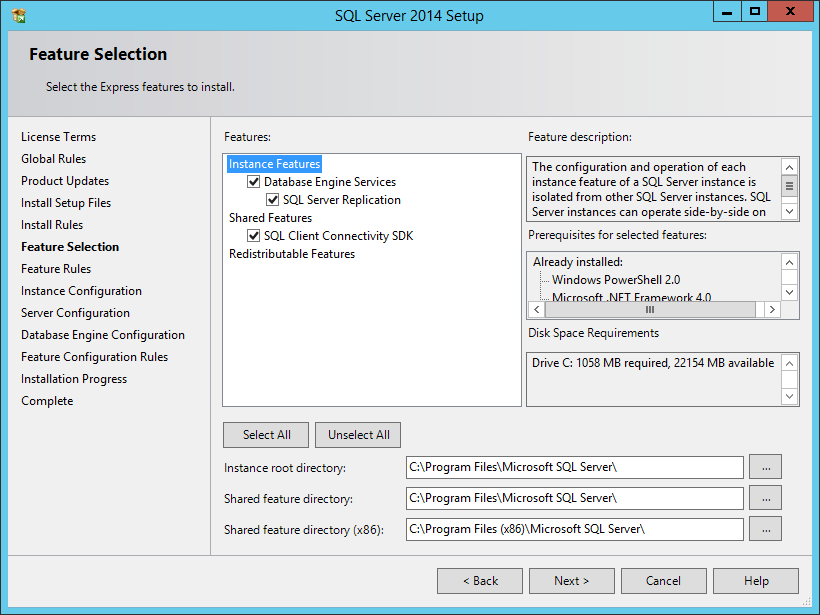
-
On the Instance Configuration page, specify a named instance and click Next.
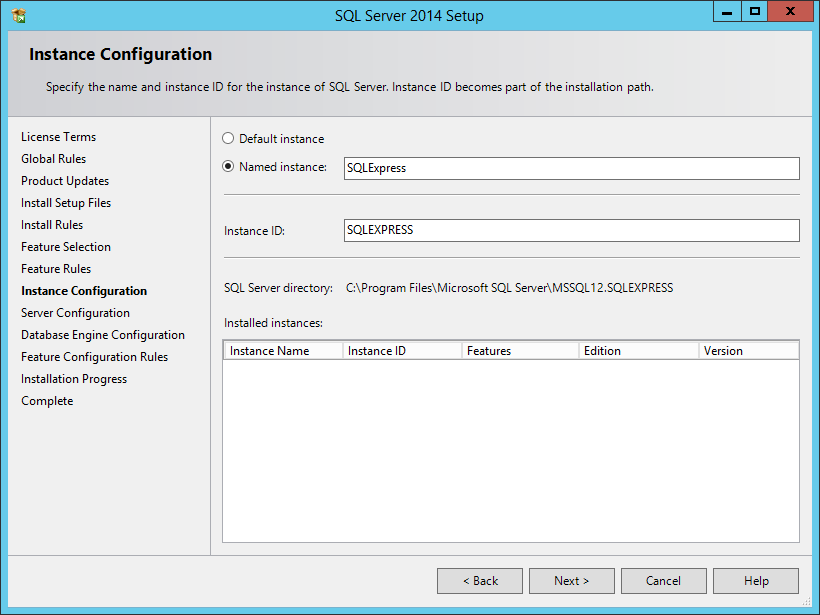
-
In the Server Configuration page, click the Collation tab.
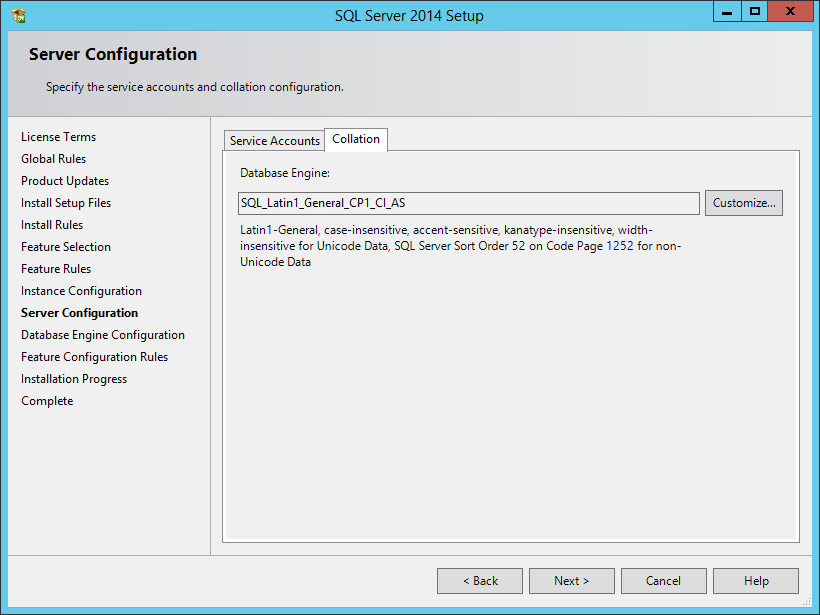
-
Click Customize.
-
Click the Windows collation designator and sort order option.
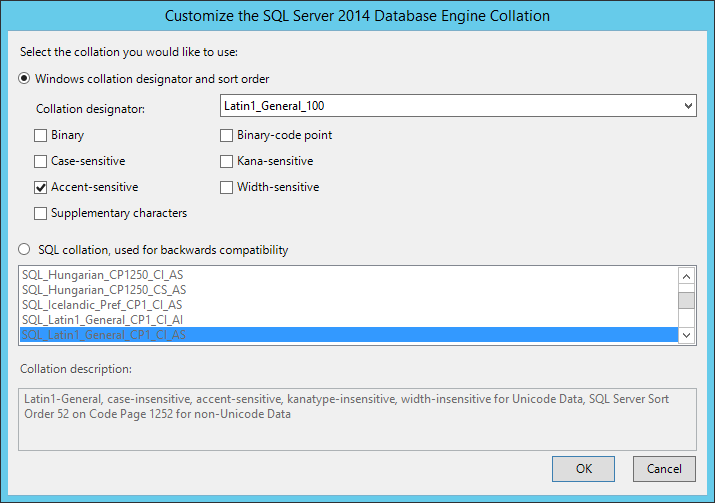
-
From the Collation designator drop-down menu, select an acceptable collation and settings for your locale.
For example, in North America, an acceptable collation would be Latin1_General_100 with the Accent-sensitive check box selected.
We recommend that you select a collation that aligns with the Windows locale of the server where the Engine is installed.For more information on collation and locales, refer to this Microsoft document:.
-
Click OK.
-
Click Next.
-
In the Database Engine Configuration page, select the Mixed Mode (SQL Server authentication and Windows authentication) option, enter and confirm a SQL Server administrator password, then click Add Current User.
Storage Manager does not support Windows authentication mode (also known as Integrated Security).
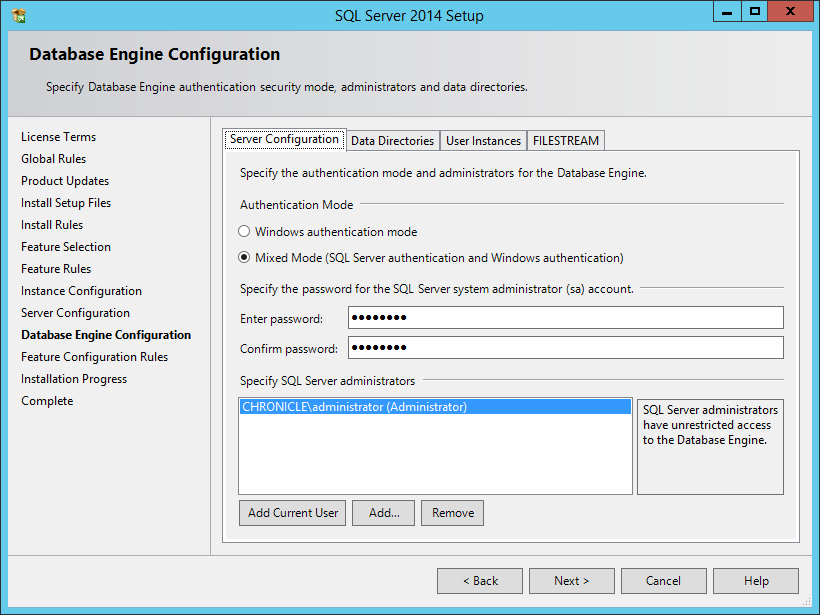
-
Click Next.
-
In the Error Reporting page, click Next.
-
In the Complete page, click Close.
-
Launch SQL Server Configuration Manager.
-
In the left pane, expand SQL Server Network Configuration.
-
Click Protocols for SQLEXPRESS.
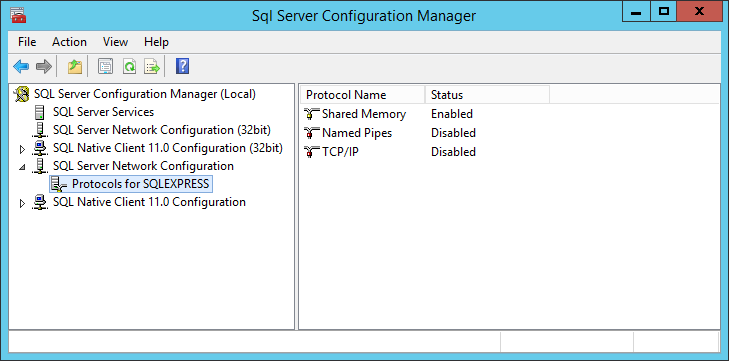
-
In the right pane, right-click TCP/IP and select Enable.
-
In the warning dialog box, click OK.
-
Right-click TCP/IP again and select Properties.
-
In the TCP/IP Properties dialog box, click the IP Addresses tab.
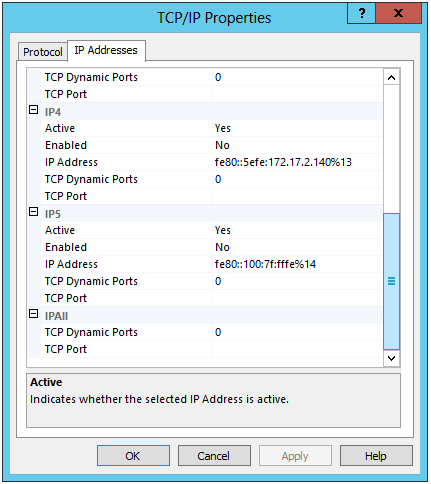
-
Select TCP Dynamic Ports and clear the field so there is no number associated to it.
-
Select TCP Port and enter 1433.
-
Click Apply.
-
When the warning dialog box appears, click OK.
-
Click OK to close the TCP/IP Properties page.
-
In the SQL Server Configuration Manager, click SQL Server Services.
-
Right-click SQL Server (SQLEXPRESS) and select Restart.